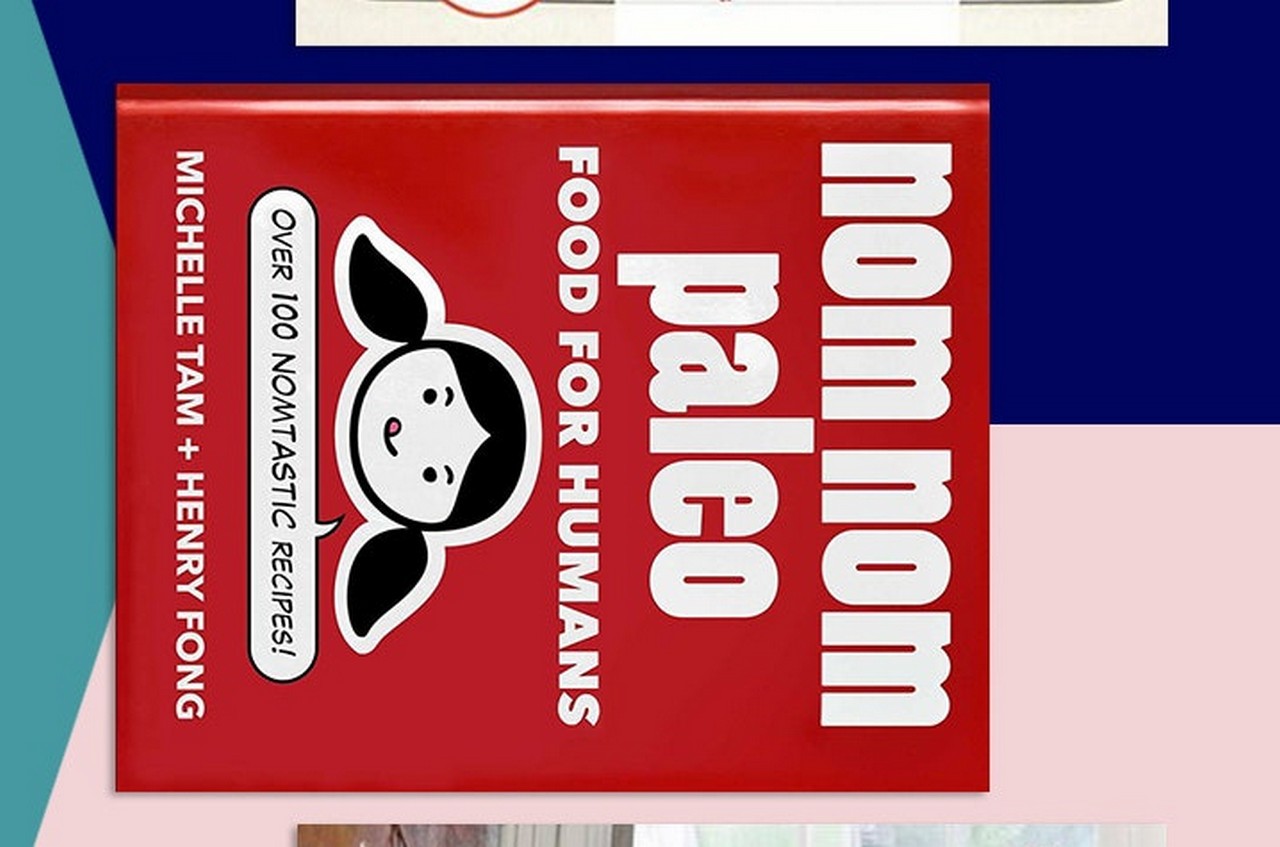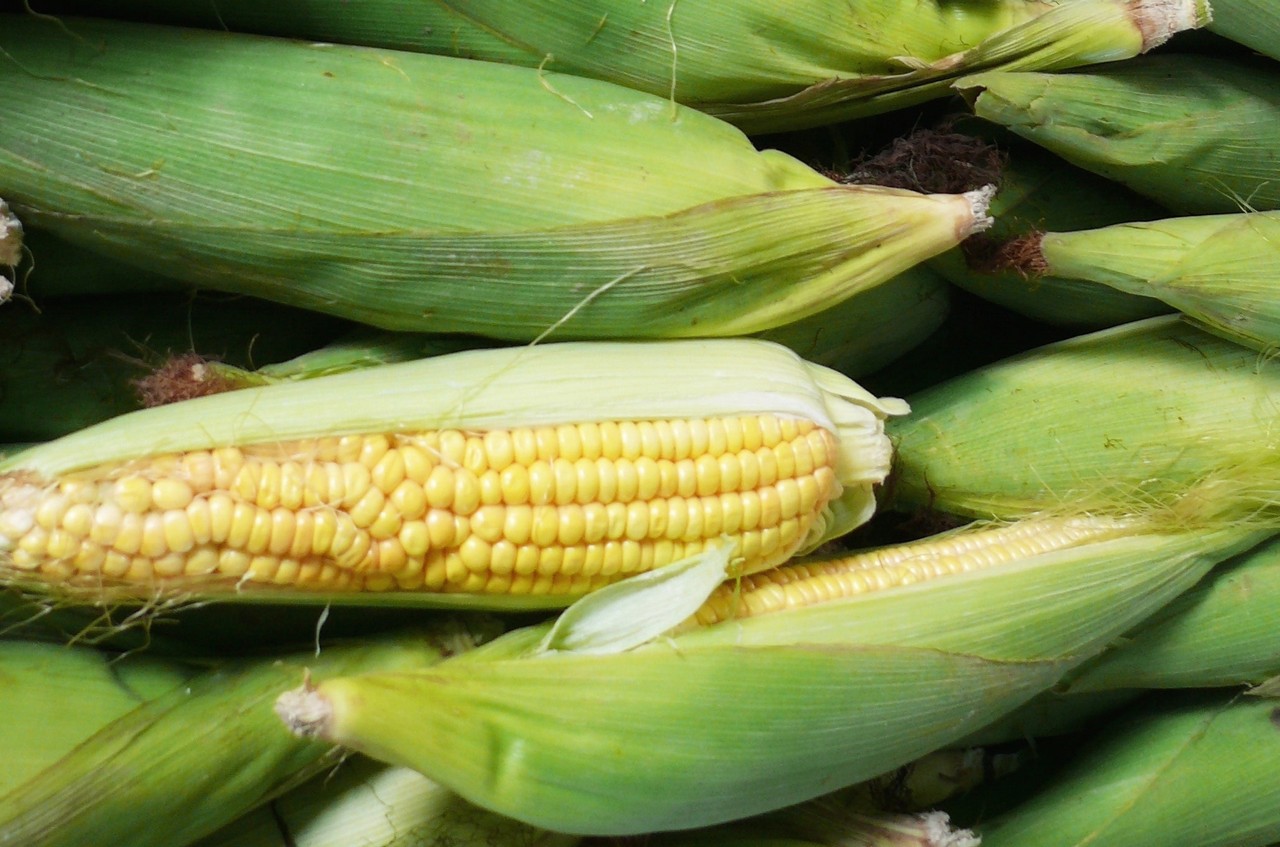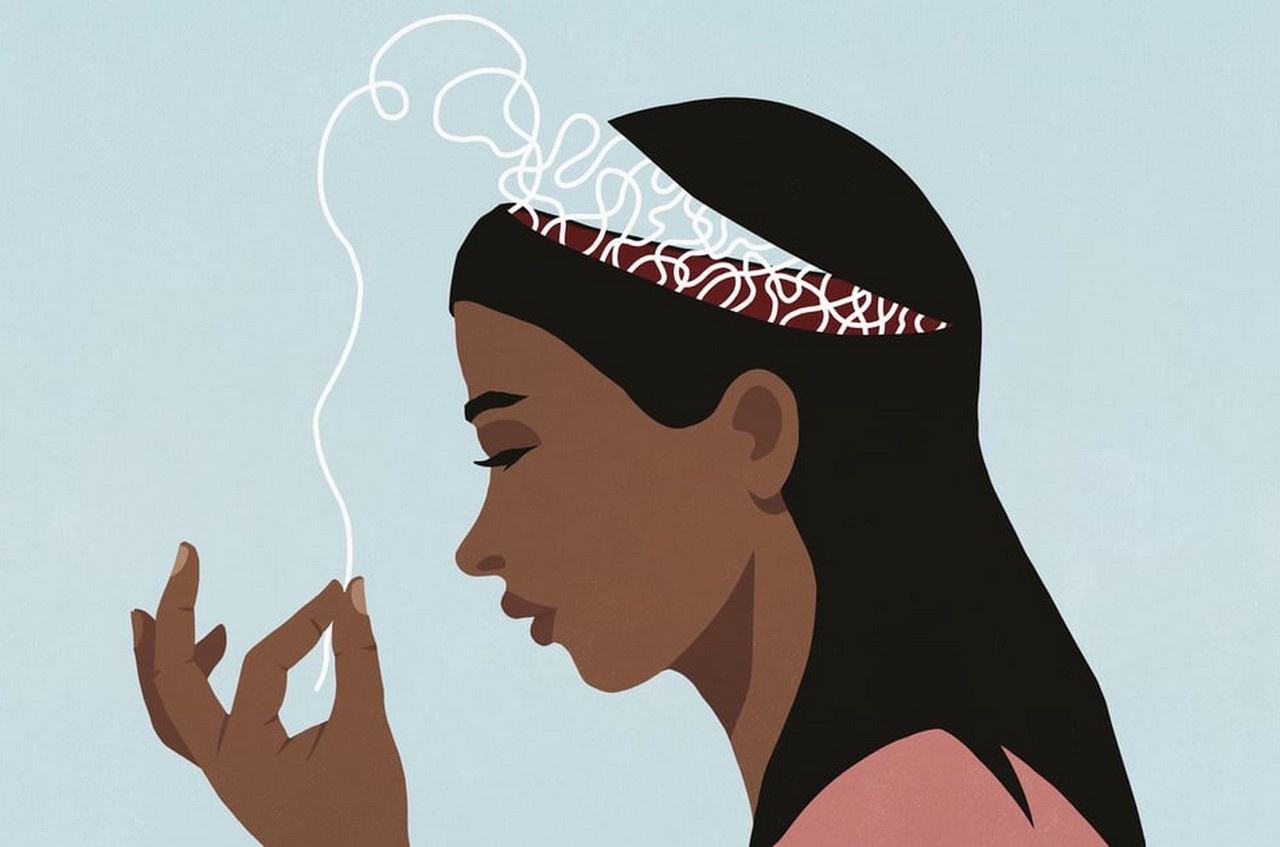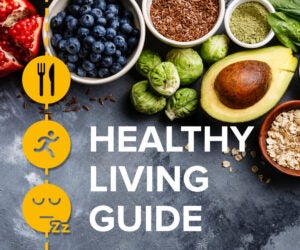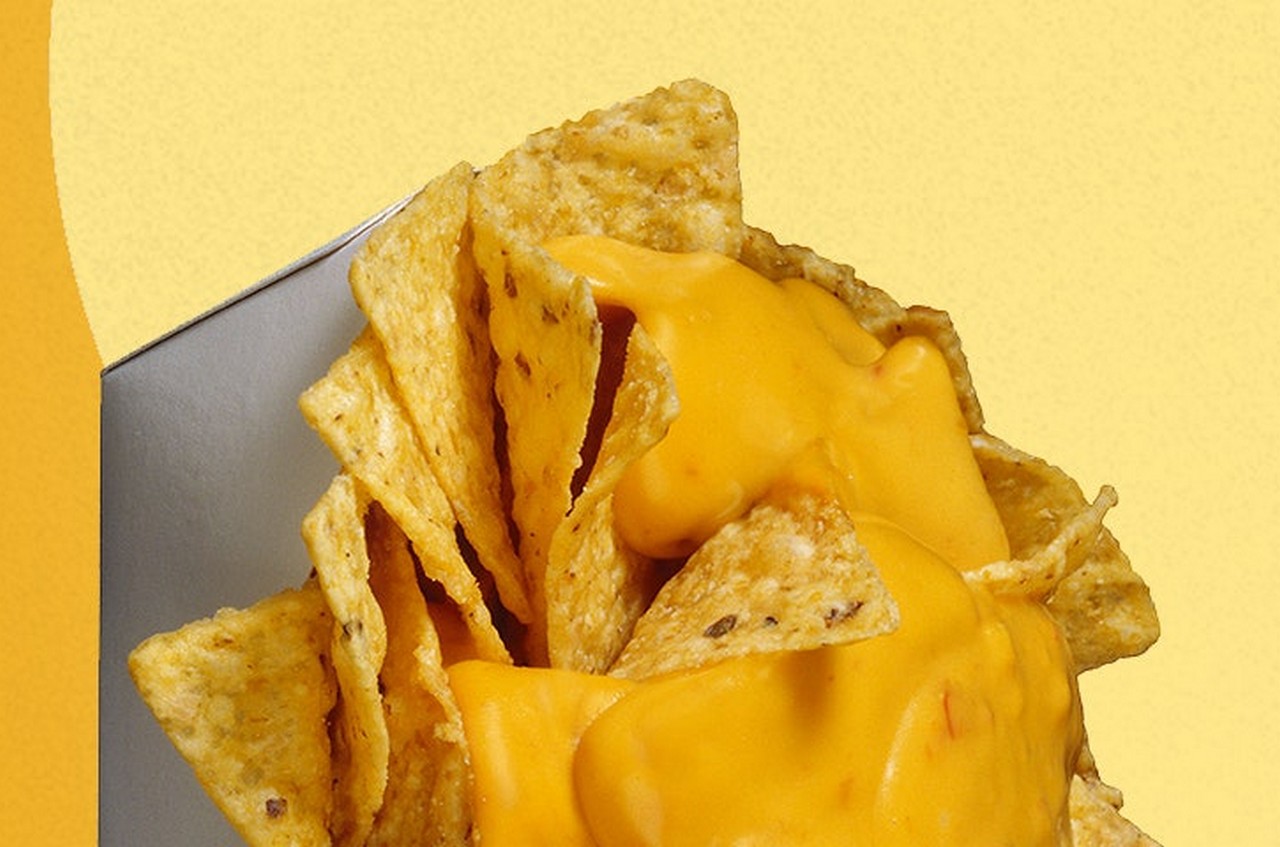
Back in 2017 when I was an editor at SELF, we spent a lot of time in editorial meetings trying to define healthy eating. We realized that we used the term a lot—in headlines, in articles, and on social media—but there wasn’t a working definition of what fell under our “healthy eating” umbrella and what didn’t. We read the USDA’s Dietary Guidelines for Americans, talked to dietitians (I wasn’t yet one myself), and looked at the kinds of foods and eating patterns we’d been deeming healthy up to that point.
In the end, we couldn’t define what healthy eating meant. The more we researched, the clearer it became that there’s no one way to eat healthfully, and that variety and adequacy (eating enough food overall) are more important than any single food choice.
As a dietitian, I think about that experience all the time. It informs my approach to individual counseling: I never give out generic guidelines or tell people that certain foods are good or bad. And it shapes the way I write about nutrition, too, because I don’t want to perpetuate the myth that we should all be striving to eat in some supposedly perfect way. I’ve seen firsthand that pushing some idealized way of eating can lead people to obsess about food—and sometimes even develop eating disorders.
All that said, the Food and Drug Administration (FDA) apparently does believe it’s possible, and helpful, to define which foods are healthy and which ones aren’t. Last month, they proposed an update to their definition of which foods qualify as “healthy,” which was established in 1994 (and tweaked slightly in 2016). The FDA is also researching a potential “healthy” symbol that brands could choose to put on the front packaging of eligible foods.
Their reasoning? Nutrition science has come a long way in the past 30 years, particularly when it comes to fat, sugar, and salt. This new definition of “healthy” is in line with what the USDA’s dietary guidelines recommend. And they say a “healthy” label could help consumers make “better” food choices.
Still, many experts (myself included) are skeptical of how this new rule might impact people.
Defining what’s “healthy” is nothing new for the FDA, but this new proposal would change what the term means.
The new definition would require that a product contains a minimum amount of food from at least one of the USDA’s key food groups: whole grains, dairy, fruits, vegetables, lean meats, seafood, eggs, legumes, soy, nuts, and seeds. For example, grain products need to have the equivalent of three-fourths ounce of whole grains and dairy products have to contain at least three-fourths cup of dairy to be considered for the “healthy” label.
There are also limits to how much added sugar, sodium, and saturated fat a food product can have, depending on which food group the product qualifies for (for example, dairy and whole-grain products can have a maximum of 2.5 grams of added sugar). There would also be no limits on dietary cholesterol (which seems reasonable, as it doesn’t appear to impact blood cholesterol levels) or total fat content (likely because higher consumption of unsaturated fats has been linked with a lower risk of dying from all causes) under the new definition. Water and whole, raw fruits and vegetables would automatically qualify as “healthy.” And the guidelines only apply to foods meant for people two years and older.
It’s a lot to take in, and an easier way to conceptualize the change is probably to look at which foods would be added to the “healthy” list and which ones would be taken off of it. “Avocados, certain oils, nuts and seeds, water, and higher-fat fish like salmon, would meet the newly proposed criteria for ‘healthy,’ whereas they don’t meet the criteria of the current definition,” Kris Sollid, RD, senior director of nutrition communications at the International Food Information Council, tells SELF. “Products that meet the existing ‘healthy’ criteria but wouldn’t now, according to the proposed definition, include white bread and sweetened cereals and yogurts that exceed limits on added sugars.”
One problem with this new definition is that individual foods don’t really make or break our health.
Implying that certain foods are healthy while others aren’t is reductive, to put it mildly. Even the dietary guidelines, on which this new rule is based, make clear that it’s a person’s overall diet that impacts their health, not each and every food choice.
“Ultimately, the FDA wants to empower consumers to make food decisions that are ‘healthy,’ but they are missing the mark,” Samina Qureshi, RDN, a Houston-based dietitian and the owner of Wholesome Start Nutrition Counseling, tells SELF. Saying that some foods are healthy while others aren’t is far too black and white, Qureshi says.
For example, white bread (which wouldn’t be considered healthy under the new definition) could be part of a balanced meal if it’s paired with a variety of nutritious sandwich fillings like turkey, cheese, avocado, and tomatoes. On the flip side, if someone eats just plain yogurt (considered healthy) as a meal, they’re not getting the same variety of nutrients. But that’s perfectly okay too—you don’t necessarily need a variety of nutrients in every meal or snack. Again, a “balanced” diet is about the big picture: eating different foods and enough food overall.
Plus, what’s healthy for one person isn’t necessarily healthy for another.
Maggie Landes, MD, MPH, a pediatrician based in Killeen, Texas, and host of the Health Can’t Weight podcast, tells SELF that health has different meanings to different people, and that what’s healthy for one person isn’t necessarily healthy for another.
Qureshi agrees. “Just because a can of low-sodium beans is labeled ‘healthy’ doesn’t mean that someone with IBS can sit there and eat the whole can of beans without aggravating their digestive symptoms,” she says. “The same goes for someone with poor blood sugar regulation—they also wouldn’t be able to eat a whole can of low-sodium black beans without it impacting their blood sugar and insulin levels.”
There’s also the fact that focusing too much on “healthy” eating can be unhealthy. “If someone struggles with their relationship with food and sees this new ‘healthy’ label, they may get stuck in the rigidity of what the label means and think those are the only foods they are able to consume,” Qureshi says. “The new ‘healthy’ label and definition lack the nuance necessary for people to better care for their health in a gentle, culturally relevant, and balanced way.”
Most Popular
- Does Rowing ‘Count’ as Strength Training?
By Tiffany Ayuda
- This Simple Morning Habit Can Help You Sleep Way Better at Night
By Julia Ries
- 18 Hot and Horny Sex Games
By Malia Griggs
And of course, labeling certain foods as “healthy” would have a negative impact on those struggling with eating disorders. (Some people counter this argument by saying that this is a tiny portion of the overall population, but actually, it’s estimated that 9% of people in the US will deal with an eating disorder in their lifetime.) In many cases, the goal of eating disorder treatment is to lessen fear, anxiety, and black-and-white thinking about food.
A definition or label doesn’t change the fact that many people can’t access nutritious foods, and individual choices can’t overcome systemic issues.
To me, the biggest problem with this new definition and possible label is that it suggests that eating a more nutritious diet is just a matter of knowing what’s “healthy” and choosing those things. “I would confidently state that a majority of Americans have far greater limitations in making food choices than inadequate labeling,” Landes says. “Our chronic health problems are not a byproduct of some labeling deficiency.”
If the goal is improving health, Landes believes that many other interventions would have a bigger impact, including increasing access to fresh food in food deserts, paying everyone a living wage, addressing weight stigma and other kinds of discrimination in health care, and making health care more accessible to all. In other words, there are many systemic issues that make health and nutritious eating out of reach to lots of people, and it’s a little absurd to suggest that food labels and an individual’s food choices can overcome all of them.
We don’t need another label telling us which foods are “healthy” and which aren’t.
The FDA’s past efforts to improve health through food labeling—like updating nutrition facts labels to be more informative, or including calorie counts on restaurant menus—haven’t impacted our health for the better.
A meta-analysis published in 2018 in the American Journal of Preventive Medicine found that nutrition labels reduced calorie consumption by 6.6% and fat consumption by 10.6% across 60 previous studies. But decreasing calorie intake isn’t the same thing as improving health (although people conflate the two all the time!), and rates of chronic disease continue to increase in this country.
Commentary published in 2019 in the Canadian Journal of Public Health pointed out that putting calorie counts on menus hasn’t significantly changed how people order, and that it can have unintended (and not yet studied) consequences like exacerbating eating disorders and disordered eating, perpetuating weight stigma, and oversimplifying the complexities of both health and weight.
The “healthy” food label will likely have a similar impact: Failing to improve our health in any meaningful way, while also having some unintended—and decidedly unhealthy—consequences.
If you’re struggling with an eating disorder, you can find support and resources from the National Eating Disorder Association (NEDA). If you are in a crisis, you can text “NEDA” to 741741 to be connected with a trained volunteer at Crisis Text Line for immediate support.





